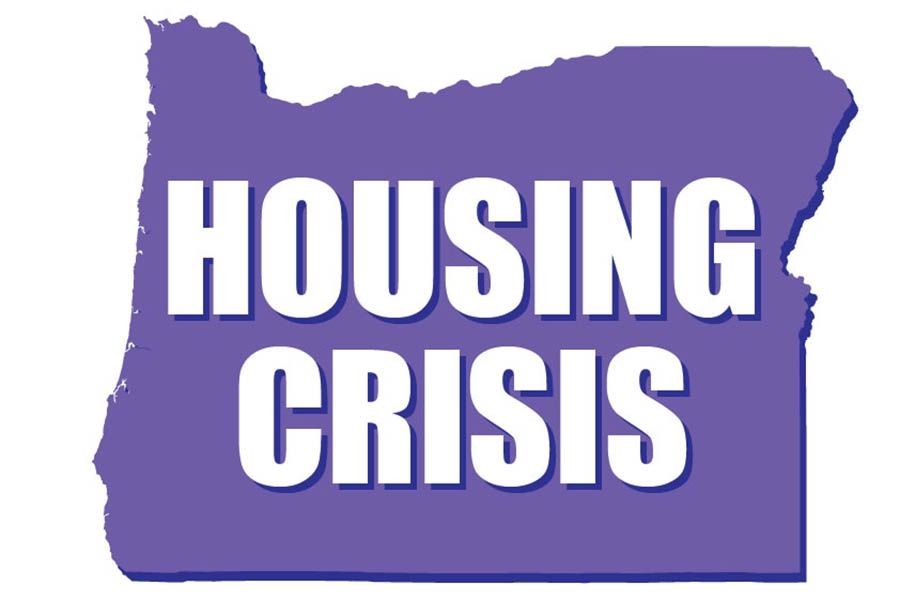Introduction
New Zealand is often heralded as a pristine paradise, with its lush landscapes and vibrant ecosystems drawing tourists from around the globe. However, beneath the surface of this picturesque facade lies a critical question: Is New Zealand doing enough to protect its environment? With climate change accelerating and biodiversity under threat, the stakes have never been higher. This article delves into the nuances of New Zealand's environmental policies, examining whether the country's efforts are sufficient to safeguard its natural treasures.
According to Stats NZ, the nation's greenhouse gas emissions increased by 2.2% in 2023, a statistic that underscores the urgency of addressing environmental challenges. While New Zealand has made strides in renewable energy and conservation, there are contrasting viewpoints on the effectiveness of these measures. In this article, we will explore various facets of New Zealand's environmental strategy, debunk common myths, and offer insights into future trends.
What are your thoughts on New Zealand's environmental efforts? Share your insights below!
Future Forecast & Trends
renewable energy: The Way Forward?
New Zealand has made notable progress in renewable energy, with 80% of its electricity coming from renewable sources as of 2024. The country's commitment to transitioning to a low-carbon economy is evident in its ambitious goal of achieving 100% renewable electricity by 2035. However, this transition is not without challenges, including the need for substantial infrastructure investments and the balancing act between economic growth and environmental sustainability.
An MBIE report highlights that the renewable energy sector could contribute up to NZD 12 billion to the economy by 2030, creating thousands of jobs in the process. While this paints a promising picture, the feasibility of such rapid expansion remains a topic of debate among experts.
biodiversity Conservation: Are We Doing Enough?
New Zealand's unique biodiversity is both a blessing and a responsibility. Home to iconic species like the kiwi and the tuatara, the country's flora and fauna are under increasing threat due to habitat loss, invasive species, and climate change. The Department of Conservation (DOC) has launched several initiatives to protect endangered species, yet critics argue that funding and resources are insufficient.
According to a study by the University of Auckland, 75% of New Zealand's native bird species are at risk of extinction. This alarming statistic raises questions about the effectiveness of current conservation efforts and whether more aggressive measures are needed.
Myth vs. Reality
Myth: New Zealand's Clean and Green Image Means It's Environmentally Perfect
Reality: While New Zealand is renowned for its stunning landscapes, the reality is more complex. Industrial agriculture, urbanization, and pollution are significant challenges. For instance, the water quality in many of New Zealand's rivers and lakes is declining, with the Ministry for the Environment reporting that 60% of monitored river sites are not suitable for swimming due to pollution.
Myth: Conservation is Solely the Government's Responsibility
Reality: While government agencies play a critical role, conservation requires a collective effort. Community groups, NGOs, and private sectors are equally vital in driving change. Initiatives like Predator Free 2050, which aims to eliminate introduced predators, rely heavily on community involvement and private partnerships.
Real-World Case Studies
Case Study: Zealandia – A Sanctuary Success Story
Problem: Zealandia, an urban ecosanctuary in Wellington, faced challenges in protecting native species from invasive predators. The sanctuary aimed to create a safe haven for endangered species but struggled with limited resources and public engagement.
Action: Zealandia implemented a comprehensive predator control program, utilizing traps and community volunteers. They also launched educational initiatives to foster public support and awareness.
Result: Over a decade, Zealandia has seen a significant increase in native bird populations, with species like the kākā and tūī thriving. Visitor numbers have grown by 30%, contributing to local tourism and conservation funding.
Takeaway: This case study underscores the power of community engagement and targeted conservation strategies. It highlights the potential for other regions to replicate Zealandia's success, emphasizing the importance of public involvement in environmental efforts.
Balancing Economic Growth and Environmental Protection
New Zealand's economy heavily relies on agriculture, tourism, and natural resources, sectors that can both benefit from and harm the environment. Finding a balance between economic growth and environmental protection is a complex issue that requires innovative solutions and policy intervention.
The Reserve Bank of New Zealand's 2024 report indicates that sustainable practices in agriculture could lead to a 20% increase in export revenues. However, this transition demands significant investment in technology and infrastructure, posing challenges for small and medium-sized enterprises (SMEs).
Common Myths & Mistakes
Myth: recycling Alone Can Solve waste management Issues
Reality: While recycling is crucial, it is not a panacea. New Zealand's waste management system faces significant challenges, with only 28% of waste being recycled as of 2023. A holistic approach, including reducing consumption and improving waste processing technologies, is necessary.
Myth: renewable energy is Too Expensive
Reality: The cost of renewable energy has decreased significantly, with solar and wind power becoming increasingly competitive with fossil fuels. In fact, a 2024 MBIE report suggests that the transition to renewable energy could save New Zealand NZD 1.2 billion annually in health and environmental costs.
Pros vs. Cons of New Zealand's Environmental Policies
Pros:
- renewable energy Leadership: New Zealand's commitment to renewable energy sets a global example, with potential economic and environmental benefits.
- Conservation Initiatives: Programs like Predator Free 2050 demonstrate proactive steps towards preserving biodiversity.
- Economic Opportunities: Investments in sustainable practices can boost export revenues and create jobs.
Cons:
- Resource Limitations: Funding and resources for environmental initiatives are often limited, hindering progress.
- Policy Gaps: Certain policies lack enforcement and comprehensive scope, leading to inconsistent outcomes.
- Public Engagement: Achieving widespread public support for environmental initiatives remains a challenge.
Future Trends & Predictions
Looking ahead, New Zealand's environmental landscape is poised for transformation. By 2030, it is expected that technology will play a pivotal role in conservation, with AI and machine learning aiding in biodiversity monitoring and management. Additionally, the adoption of circular economy principles could revolutionize waste management, reducing landfill reliance by 50%.
A Deloitte report predicts that the environmental sector could contribute up to 5% of New Zealand's GDP by 2040, driven by advancements in clean technology and sustainable practices.
Conclusion
New Zealand's journey towards environmental sustainability is a multifaceted challenge that requires collaboration, innovation, and commitment. While significant strides have been made, there is room for improvement, particularly in areas like waste management and biodiversity conservation. By leveraging technology, engaging communities, and fostering public-private partnerships, New Zealand can continue to lead by example on the global stage.
What’s your take on New Zealand's environmental efforts? Share your thoughts and join the conversation!
People Also Ask
- How does New Zealand's environmental policy impact tourism? New Zealand's reputation for natural beauty boosts tourism, but environmental degradation could harm this sector. Sustainable practices ensure long-term tourism viability.
- What are the biggest misconceptions about New Zealand's environment? Many believe New Zealand is entirely eco-friendly, but pollution and biodiversity loss are significant concerns. Comprehensive efforts are needed to address these issues.
- What are the best strategies for sustainable tourism in New Zealand? Experts recommend promoting eco-friendly travel, supporting conservation initiatives, and educating tourists on responsible travel practices.
Related Search Queries
- New Zealand environmental policies 2024
- Sustainable tourism in New Zealand
- renewable energy in New Zealand
- biodiversity conservation efforts NZ
- climate change impact on New Zealand
- waste management solutions NZ
- Economic benefits of eco-friendly practices
- New Zealand's clean and green reputation
- Predator Free 2050 initiative
- Future of renewable energy in NZ































dorotheahobbs
3 months ago